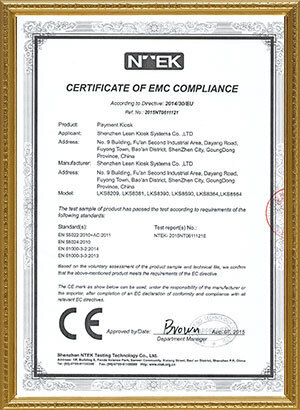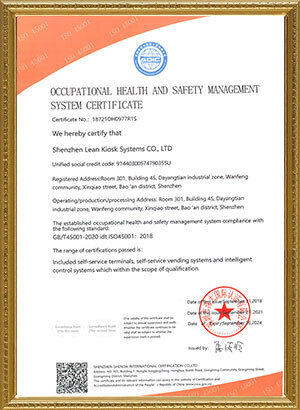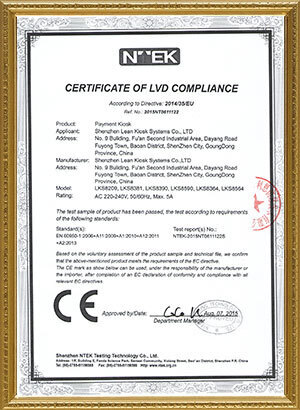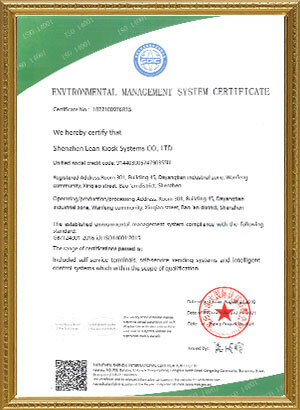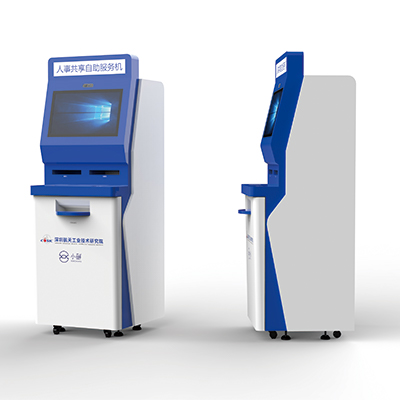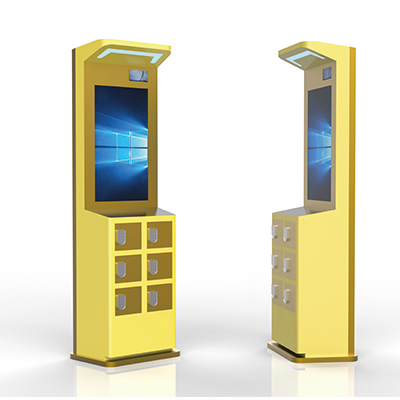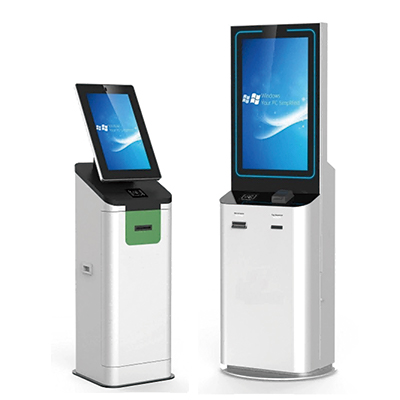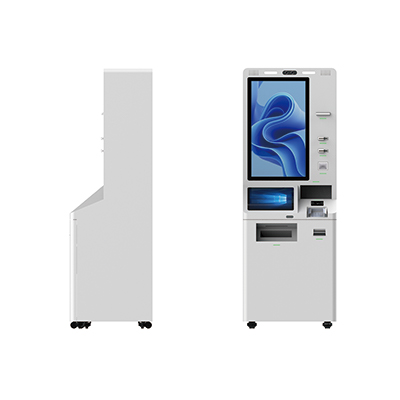






—— Bill from America
—— Jack from United Kingdom
—— James from Russia
—— Mike from America
—— James from Iran
—— James from America
As a professional kiosk manufacturer from China, Lean Kiosk Systems not only provides the high-quality kiosk, but also offer good warranty and comprehensive after-sales services includes the remote diagnostics and repairs, to ensure the customer questions can be fast responded and high effectively solved.
Offering remote diagnostics and repairs for kiosks can significantly enhance our technical support capabilities. Here’s how Lean Kiosk Systems implement and manage remote diagnostics and repairs:
1. Remote Access Software
· Selection: Choose reliable remote access software that supports various operating systems and is secure.
· Installation: Pre-install remote access software on all kiosks during deployment.
2. Monitoring Tools
· Real-time Monitoring: Implement monitoring tools to continuously track kiosk performance, log errors, and gather usage data.
· Alerts: Set up automatic alerts for predefined issues like hardware failures, software crashes, or network connectivity problems.
3. Diagnostic Tools
· Self-Diagnostic Scripts: Deploy scripts that can run periodic checks on hardware and software components.
· Error Reporting: Kiosks should have the capability to send error reports and logs to the support team automatically.
4. Centralized Management System
· Dashboard: Use a centralized dashboard where technicians can view the status of all deployed kiosks, access logs, and initiate remote sessions.
· Data Collection: Gather detailed data from kiosks to assist in diagnosing issues.
5. Remote Troubleshooting
· Access Control: Ensure secure access to kiosks with proper authentication and authorization measures.
· Remote Commands: Technicians can execute commands, restart services, or update software remotely.
· Live Support: Provide live assistance where technicians can see the same screen as the user to guide them through troubleshooting steps.
6. Remote Repairs
· Software Updates: Push software patches and updates remotely to fix bugs and improve functionality.
· Configuration Changes: Modify system settings and configurations as needed.
· File Management: Upload and replace corrupted files or missing components remotely.
7. Security Measures
· Encryption: Use encryption for all remote sessions to protect data.
· Audit Logs: Maintain logs of remote access sessions to ensure accountability and traceability.
· Regular Security Updates: Keep remote access and monitoring tools updated to guard against vulnerabilities.
8. Training and Support
· Technician Training: Train support staff on how to use remote diagnostic and repair tools effectively.
· User Guides: Provide comprehensive guides and training for kiosk users on basic troubleshooting steps they can perform before contacting support.
9. Fallback Plans
· On-site Support: In case remote repair is not feasible, have a plan for dispatching technicians for on-site repairs.
· Spare Parts Availability: Ensure that critical spare parts are available and can be shipped quickly if needed.
10. Customer Communication
· Notification System: Inform customers about the status of diagnostics and repairs.
· Feedback Loop: Gather feedback from customers after remote support sessions to improve the process.
By implementing these measures, Lean Kiosk Systems can effectively offer remote diagnostics and repairs, reducing downtime and enhancing customer satisfaction.
Address: No. 99-15, Fuan intelligent manufacturing Industrial Park, Dayang Road, Fuhai Street, Baoan District, Shenzhen, China


